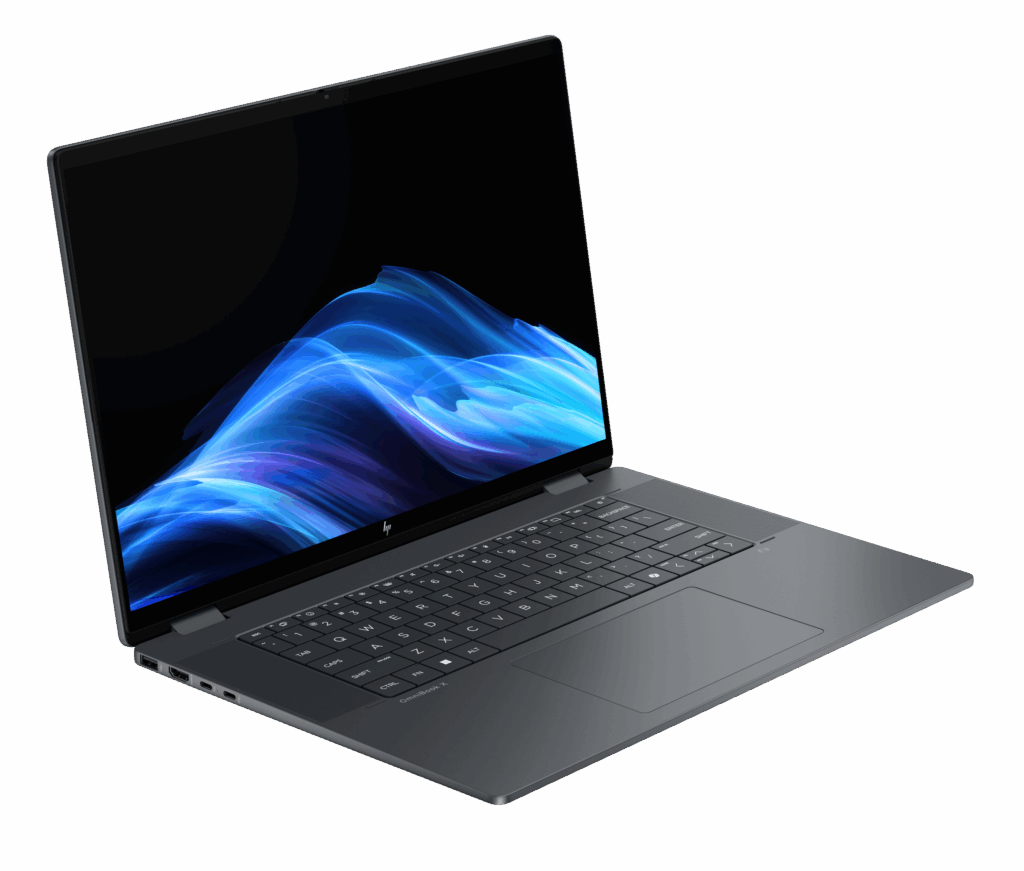The launch of Microsoft Copilot is struggling. The people there who know what they are doing are being eclipsed by two things. Too often, they aren’t the ones making critical decisions, and second, someone in the decision tree is starving the efforts because they believe that spending inadequately reflects better on them than adequate funding (a very common problem across the entire tech industry at the moment).
Let’s talk about that this week in the shadow of The Wall Street Journal’s ranking of Microsoft Copilot last against its peers.
Microsoft’s Unfortunate History of Underfunding Marketing
Windows 95 and Xbox launches were well funded and resulted in massive amounts of demand for both products. After that, launches of the Zune and Windows Phone, while initially well executed, were massively underfunded. The Zune was a near complete miss that failed to highlight the product’s advantages while execution also treated a list of capabilities that were all requirements, like an easy migration from the iPod, as optional.
The Microsoft Phone was a far better product and had decent creative juice behind it, but, again, Microsoft underfunded the rollout and seemed to lose interest in funding advertising after the first few months when a typical campaign against the growing dominance of a competitor, the Apple iPhone, would have required a far stronger execution. Microsoft seemed to lose its will to compete, suggesting it would have been better off not bringing the product to market rather than underfunding and thus wasting the money it did spend on developing what was a competitive offering. This highlighted that even with stronger initial product execution than the Zune (which did improve sharply with its second version), the lack of marketing funding crippled and then resulted in product failure.
The Microsoft Surface Problem
Surface is the most recent example of a well-built but underfunded offering. By most any measure, and particularly with the support of Copilot+, this offer should be far better. However, it has become a bigger drag on the company than a benefit because it upsets their Original Equipment Manufacturer (OEM) channel. Apple out-markets all other PC OEMs, and Surface under-markets the OEMs, suggesting that even though Microsoft positions Surface against Apple and has created hardware that, on paper, is superior to Apple, its unwillingness to fund marketing at a competitive level cripples the product. It would either be better to fund the product adequately or not fund it at all. Ideally, this unit should be spun out of the company so it can grow to its potential while removing the conflicts with the OEMs. Inside Microsoft, it underperforms its potential significantly.
At the recent roll out of Copilot+, Surface got most of the focused effort while relegating the PC OEMs to what appeared to be unneeded support roles and likely made them again regret working with Microsoft. It reminded me of what Apple did to its OEMs when Steve Jobs came back to the CEO role and canceled Apple’s OEM agreements.
Microsoft made a similar move in the late 90s when it executed a pricing change without fully discussing the change with IT managers. That resulted in Linux going from a science experiment to a true product for both the web and developers. If the OEMs got upset enough, they could take Linux to the general desktop or flip to stronger support for the Chrome OS. Continuing to take them for granted could have significant adverse effects on Microsoft’s market dominance. I see no upside to Microsoft treating OEMs poorly.
Copilot
Copilot is a bit of a mess. There are four versions of the product. Two are free, and two come with additional charges. Copilot+ requires the Qualcomm Snapdragon X Elite processor which currently ignores both the quarter market share of desktop computers and critical workstations (critical because these are typically used for development) on both mobile and desktop platforms. In addition, all existing AIPCs and those currently shipping will not run Copilot+.
As I write this, I am on a call with NVIDIA. The reporters and analysts (and NVIDIA spokespeople) are all struggling with why Copilot+ does not run on RTX, given this platform was used to train ChatGPT, which is at the heart of Copilot. This is creating a significant drag on their presentation. Since desktops and workstations both are critical parts of Microsoft’s ecosystem, and NVIDIA is currently the leading AI hardware vendor, this lack of an RTX solution for Copilot+ feels like an unforced error by Microsoft, and it will hurt Copilot acceptance.
Wrapping Up
There have been both execution and marketing problems with the Copilot rollout. Underfunding marketing goes back to well before this release. Until this problem is corrected, efforts like Copilot will likely fail to meet their potential. While OpenAI does seem to be staffing up to address its quality problem, there is no sign Microsoft even realizes it has execution and marketing problems that are crippling the launch.
One other issue is that I think the focus on productivity and performance is unfortunate because Microsoft and virtually everyone using Microsoft products need better decision support from AI. Speeding up bad decisions, which appears to be happening with AI a lot, clearly isn’t working for anyone.
- The HP OmniBook X Flip 2-in-1 16-Inch: Your New Digital Swiss Army Knife (Now in Glorious Atmospheric Blue) - June 25, 2025
- The Open AI Avalanche: Why AMD’s Collaborative Spirit Is Outmaneuvering NVIDIA’s Empire - June 22, 2025
- Lenovo Embraces OpenBMC: A Step Towards Greater Transparency and Control in the Data Center - June 17, 2025




Comments are closed.